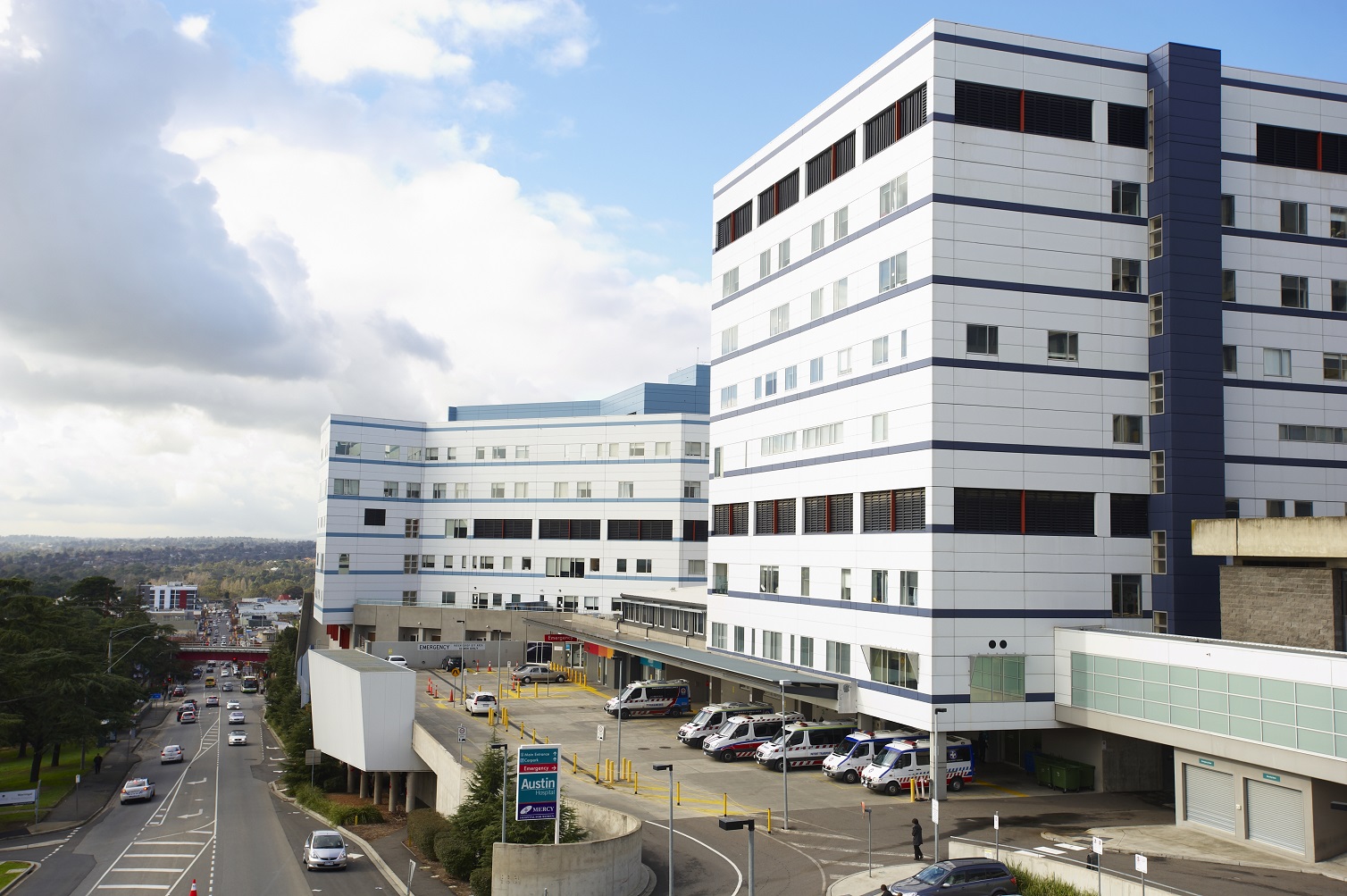By Emily Lehmann
Ever waited for a long time in a hospital emergency department and thought, there must be a better way?
It’s a common problem in the hospitals of Australia. While our nurses, doctors and medical staff are undeniable miracle workers, even they can only do so much. If there’s a sudden rush of sprained ankles, broken jaws and bruised elbows at your local hospital or medical centre needing urgent attention, then bed management can become crucial.
To help figure out how to manage this, we’ve come up with a handy tool to crunch the numbers and found that hospital demand is actually pretty predictable – particularly around major annual events (think Schoolies Week).
Austin Hospital, Melbourne.
Today, the Victorian Government has announced that it will fund CSIRO to work with HealthIQ and Melbourne’s Austin Hospital for the first Victorian trial of our Demand Prediction Analysis Tool.
This tool is an adaptation of technology which is already being used by more than 30 Queensland hospitals to predict bed demand by the hour, day and week, helping to ease pressure on their emergency wards.
Using historical data to forecast bed demand, the tool has been shown to have a 90 per cent accuracy rate. It can predict how many patients will come through the doors, how serious cases will be and how many will likely be admitted to the hospital or discharged.
The tool anticipates the number of different injuries or illnesses likely to occur on any given day, so that hospitals can plan the staff, medical supplies and beds needed to care for patients.
The aim is to help hospitals manage waiting times so that patients arriving in emergency departments are seen and admitted or discharged within only a few hours.
The technology has the potential to save the Victorian public health sector around $9 million a year.
If the rest of the country was to adopt prediction tools like this, a huge $23 million in annual savings could be made across Australia.
The $230,000 trial is the first to be announced through the Victorian Government Technology Innovation Fund and will be completed by mid-2015.
Read more about our work to reduce hospital waiting times using new digital technologies.


